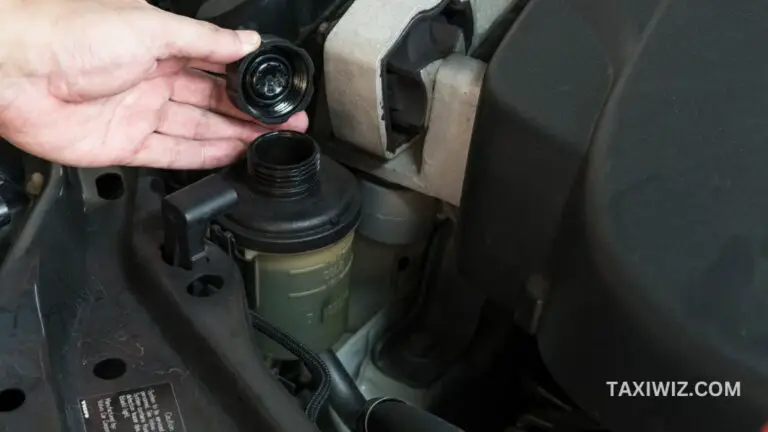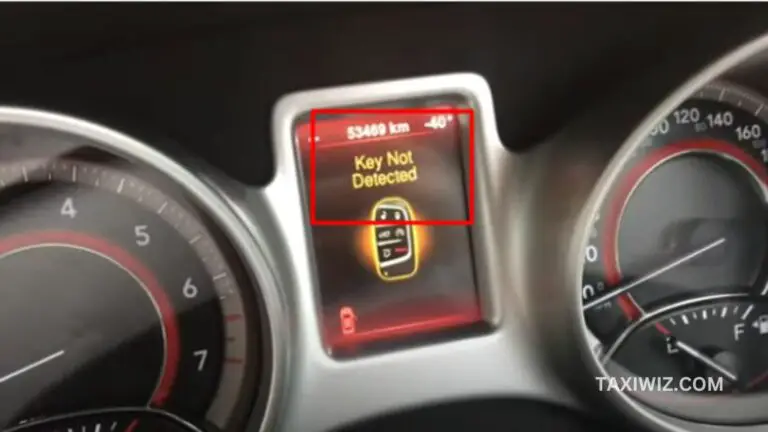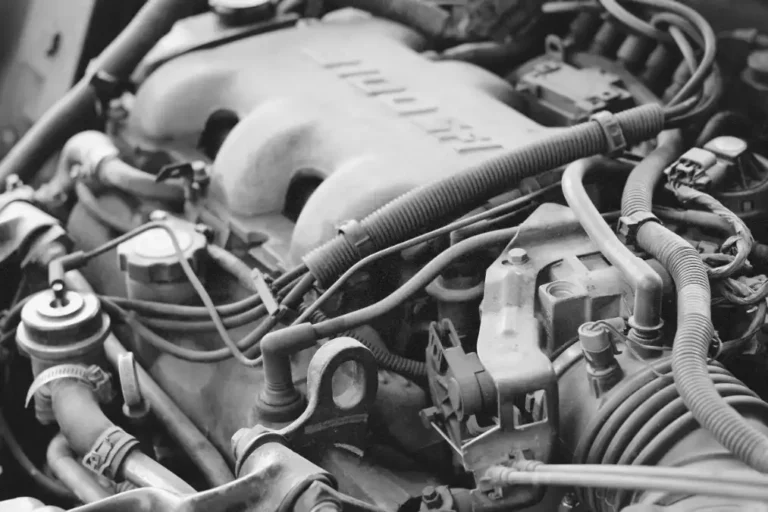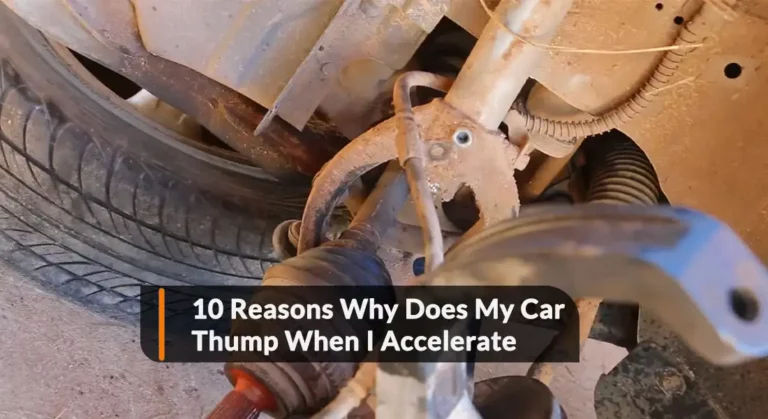Why Is My D Light Blinking? Causes & Solutions
Driving with any specific dashboard warning light activated compromises driving safety and can cause significant damage to the car.Among them, one of the warning lights that may appear on your car dashboard is the “D” light or Driving light.
This can be a concerning sight, as the “D” light is an indicator of your car’s transmission. And a blinking “D” light typically means that there is a problem with the transmission.
Have you ever been driving and noticed the “D” light on your car’s dashboard blinking? If your answer is yes, then this article will be of great help to you. It will explore the common causes of why is my D Light Blinking and what to do if you notice this warning on your car’s dashboard.
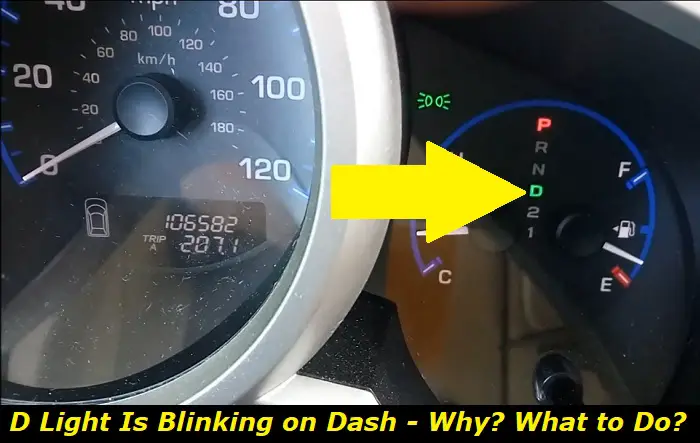
Why is my Cars d light blinking?
The “D” light on your car’s dashboard typically means the status of your transmission. If it starts blinking,there is a problem with the transmission that needs to be addressed.
A blinking “D” light does not necessarily mean that the transmission is bad. Itcan signal several issues with your car’s transmission.
What Problems Are a Blinking “D” Light Indicates?
The most commonproblems that are indicated bya blinking of the “D” light include the followings:
- Alternator Failure
- Faulty Charging System
- Transmission Failure
- Low Transmission Fluid
- Transmission Fluid Overheating
How to Solve the Common Causes of a Blinking “D” Light?
Here is a step-by-step guide to solving the blinking “D” light problem for all the possible causes:
#1. Check the Transmission Fluid Level
- Please ensure that the car is parked on a level surface and that the engine is running.Shift the transmission briefly through each of its gear settings before putting it in the park.
- Then, raise the hood and locate the automatic transmission fluid dipstick, which is typically near where the transmission or transaxle meets the rear of the engine. This appears to resemble the oil dipstick.
- Remove the automatic transmission fluid dipstick, wipe it clean with a clean rag or paper towel, reinsert it fully, and remove it again.
- Observe the markings at the end of the dipstick. Your dipstick may include two different “full” markings – one for when the engine is warm and another for when it is cold.
- If the automatic transmission fluid level does not come up to the “warm” line, you will need to add automatic transmission fluid.
2. Add Transmission Fluid If Necessary
If you find that your transmission fluid level is low, you can add more until it reaches the appropriate mark. It is important to use the appropriate transmission fluid for your car to ensure proper functioning.
3. Check for Error Codes
If you have a drive light blinking problem, you can get an OBDII scanner and get the codes to know the cause of the blinking.
For example, if your “D” light is blinking because of the transmission problem, it will show the P0847 code.
On the other hand, if the “D” light is blinking because of a faulty alternator, it will show the P0562 code.
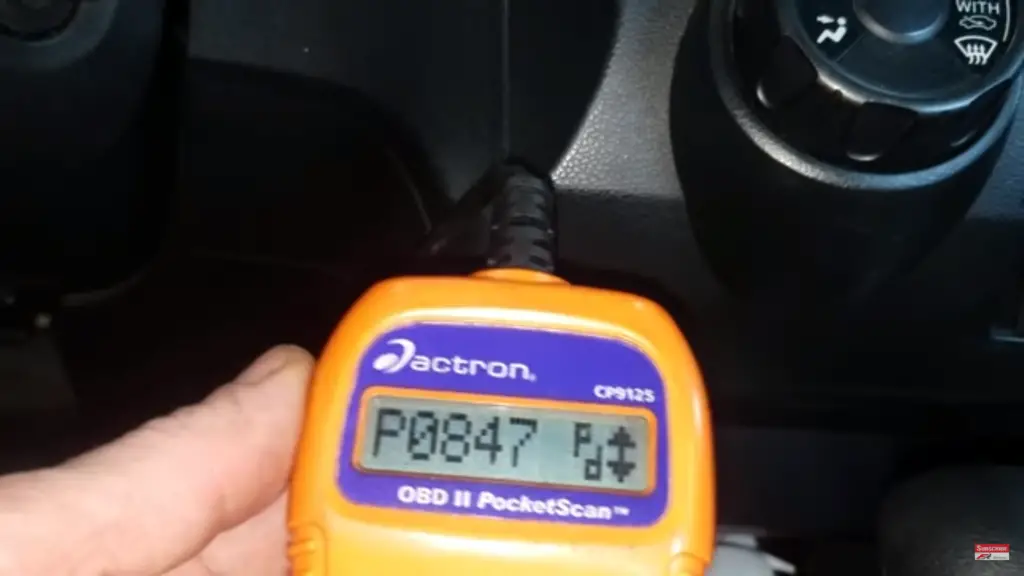
4. Check the Alternator
The blinking “D” light indicates a faulty alternator. Therefore, first, check the alternator of your car. To check the alternator, perform the following steps:
>> Perform a Headlight Test
- Start your car and turn on your headlights.
- Press the accelerator with the vehicle in park while a second person observes the headlights.
- If you press down on the accelerator and the headlights flicker, dim, or get brighter, it is possible that the alternator in the car is malfunctioning.
- If there is no change in the brightness of your headlights, it is probable that your alternator is fine.
>> Check for Error Code
Connect a code reader to the diagnostic port to find out if the cause of the blinking “D” light is a faulty alternator or not.
5. Check the Charging System
If your alternator is not performing properly or not producing enough power, a simple charging system test will be able to identify it. This standard inspection is performed at auto dealerships and repair businesses regularly.
If you have a Charging System Analyzer, testing the alternator and the charging system is quick and easy.
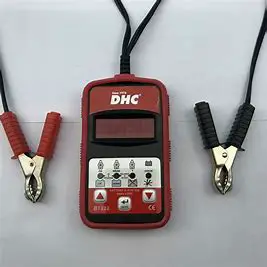
6. Visit a Mechanic
If you cannot solve the problem yourself or are unsure about what to do, it is recommended that you visit a reputable mechanic nearby to have your car looked at and solve the problem.
Remember that some cars may require the engine to be off when checking the transmission fluid level, so check your owner’s manual.
It is worth noting that certain automatic transmissions may not have dipsticks or may need to be checked by a service professional to ensure the proper level of automatic transmission fluid.
How to Prevent “D” Light Blinking?
You must prioritize transmission maintenance to prevent the “D” light from blinking, as the “D” light blinking indicates transmission problems.
Regular maintenance of the transmission is essential for preventing any issues regarding it and eventually getting rid of the blinking of the “D” light. This includes inspecting and replacing the transmission fluid as required and addressing any problems with the transmission system immediately.
In addition, it is advisable to have your vehicle routinely inspected by a mechanic in order to identify any potential issues before they become significant.
Can You Drive with a Blinking “D” Light?
Driving with a flashing ‘D’ light on your car’s dashboard not only puts you and your family members in danger, but it also significantly damages the transmission.
It is important to address a blinking “D” light because it indicates that there is a problem with your car’s transmission.Ignoring this warning can further damage your car’s transmission, which can be costly to repair.Therefore, taking your car to a mechanic or dealer as soon as possible is recommended.
Final Words
To sum it up, if your car’s “D” light blinks, it’s important to act immediately. Though it is technically possible to drive with a blinking D light, it is not advisable as this may exacerbate any existing transmission issues.
Also, understanding the common causes of a blinking “D” light and taking steps to prevent future problems can help keep your car running smoothly. However, regular maintenance of your car’s transmission can help prevent future problems.


